Dungeons & Dragons (D&D) is an immersive tabletop game where players collaboratively craft stories and worlds, leading to any number of shenanigans. There’s no telling where a session will take you, regardless of the Dungeon Master’s (DM) best-laid plans. This makes session recaps at the top of each session very important.
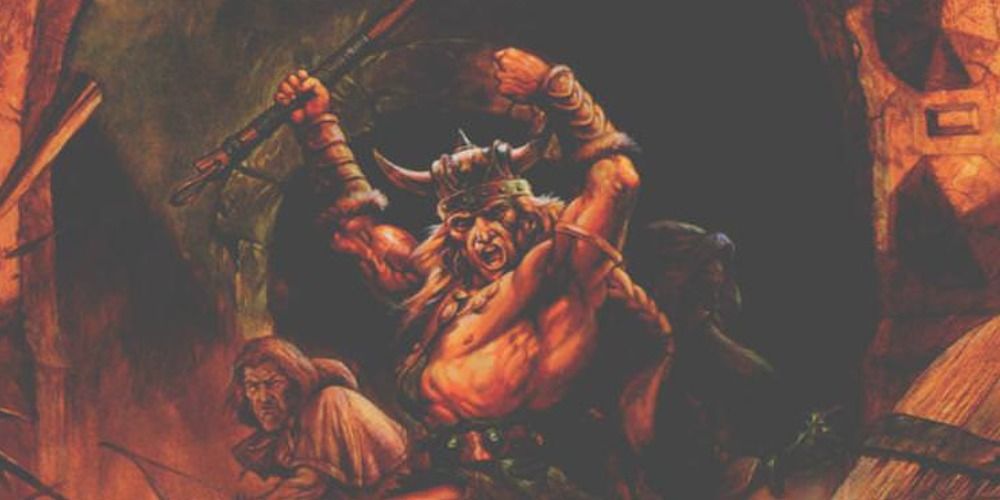
Related
D&D: Every Edition Since 1974, Explained
Each edition of Dungeons & Dragons has been different from those before it. Where did your journey start?
Session recaps help refocus the players, remind them of important information, and set the scene for the day’s adventures. Session recaps help refocus the players, refresh their memories on critical details, and establish the atmosphere for the day’s gameplay. A strong recap can set the tone and build excitement for the session. Here are some tips and tricks to amp up your players for an unforgettable experience.
9
Make Your Recap Active, Not Passive
When delivering a session recap, think carefully about your tone and the storytelling approach. Rather than listing events mechanically or using repetitive phrases like “and then… and then… and then…,” bring your recap to life with a more immersive, active voice. This not only sets a vibrant tone for the game session but also pulls players back into the world of the story.
For example, instead of saying, “Last session, you went to the forest and fought some goblins, then traveled to the village,” try framing it as: “As your party approached the dark forest, the distant screams of goblins echoed through the trees, broken by the rustling of something in the undergrowth. Just as you readied your weapons, a horde of giant rats surged from the shadows, claws glinting in the faint light.”
Use the recap to solidify specific story beats and party concepts. Add how the party felt about different events to refocus your players and draw them into their characters.
This fluid approach transforms a simple recap into an engaging narrative, helping players recall the events with more vivid detail. It also lets you highlight emotional beats, like tension, fear, or excitement, and it sets the mood for the next leg of their journey.
8
Begin With A Statement
Wrangling D&D players is like herding cats, so starting a D&D session with a bold action can be the perfect way to rally your players’ focus and signal the beginning of gameplay, especially in a large or easily distracted group. Using a distinct action, like ringing a bell, clapping, or even dramatically rolling all of your dice (I see you, dice goblins), sets the session’s tone and grabs attention right away.
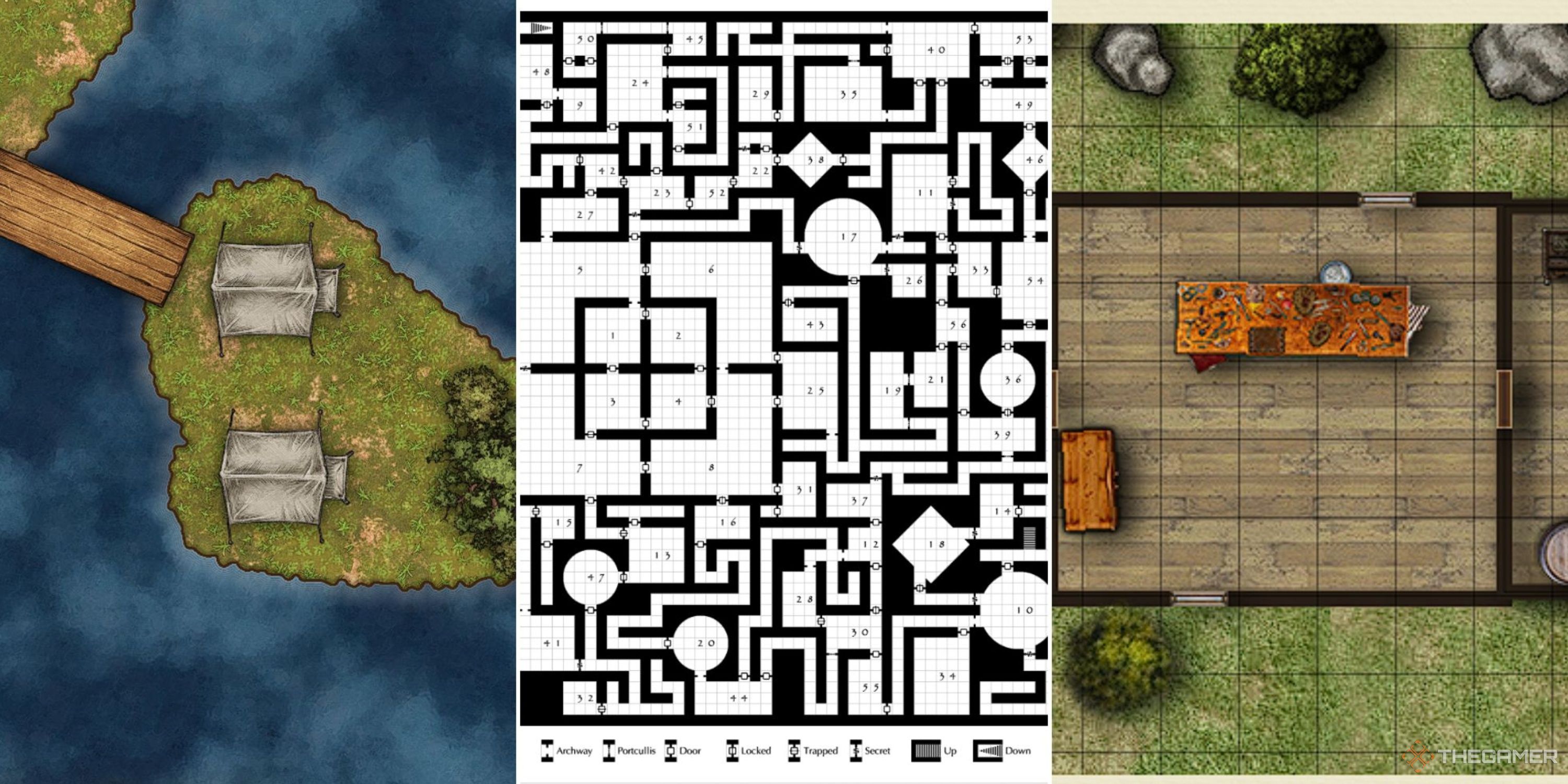
Related
Dungeons & Dragons: 19 Best Online Tools For DMs
Running a campaign in D&D can be demanding, but these online tools will help any DM stay on top of things.
In digital sessions, consider using tools like Discord’s sound effects or starting with an intense musical cue on music-sharing platforms like SyncTube. This ritual, whatever form it takes, serves as a unique signal so players know to wrap up out-of-game chatter and get into character.
7
Outline Your Recap At The End Of The Session
Life has a nasty habit of getting in the way of D&D, leading to delays between sessions. With busy schedules and distractions, it’s not uncommon to forget key details or story elements before your next session, even if you’ve taken meticulous notes.
Do yourself a favor and jot down a bullet-point list of important events, character developments, and any other significant moments that need to be highlighted in the next recap. This practice not only helps you transition back into reality but also aids in building your next session. Keeping these details fresh in your mind will enable you to deliver a seamless recap and set the stage for an immersive experience when you return to the game.
6
Don’t Be Afraid To Get Creative
Depending on your group, getting creative with your recaps can enhance engagement and make the experience even more enjoyable. Don’t feel restricted to just one method of relaying information; mix it up! Here are some fun ideas to inspire your recaps:
- Musical Recap: Write a ditty to tell of your players’ epic feats. Whether you’re singing it yourself or playing a recording, music can add a fun and memorable twist to the recap.
- Character Journals: Ask your players to keep a journal from their character’s perspective. This encourages them to reflect on the last session and highlights key events that stood out to them.
- Make It A Game: Turn the recap into a game, such as word association. Players go around the table, saying the first word that comes to mind when they think of the previous session. Once everyone has contributed, you can fill in any details that might have been missed.
- News Article: Write a fictional news article from a publication within your D&D world, outlining your players’ exploits.
- Trivia Night: Create a quick quiz about the last session, with fun questions that challenge players to remember specific details. You could even offer small rewards for correct answers.
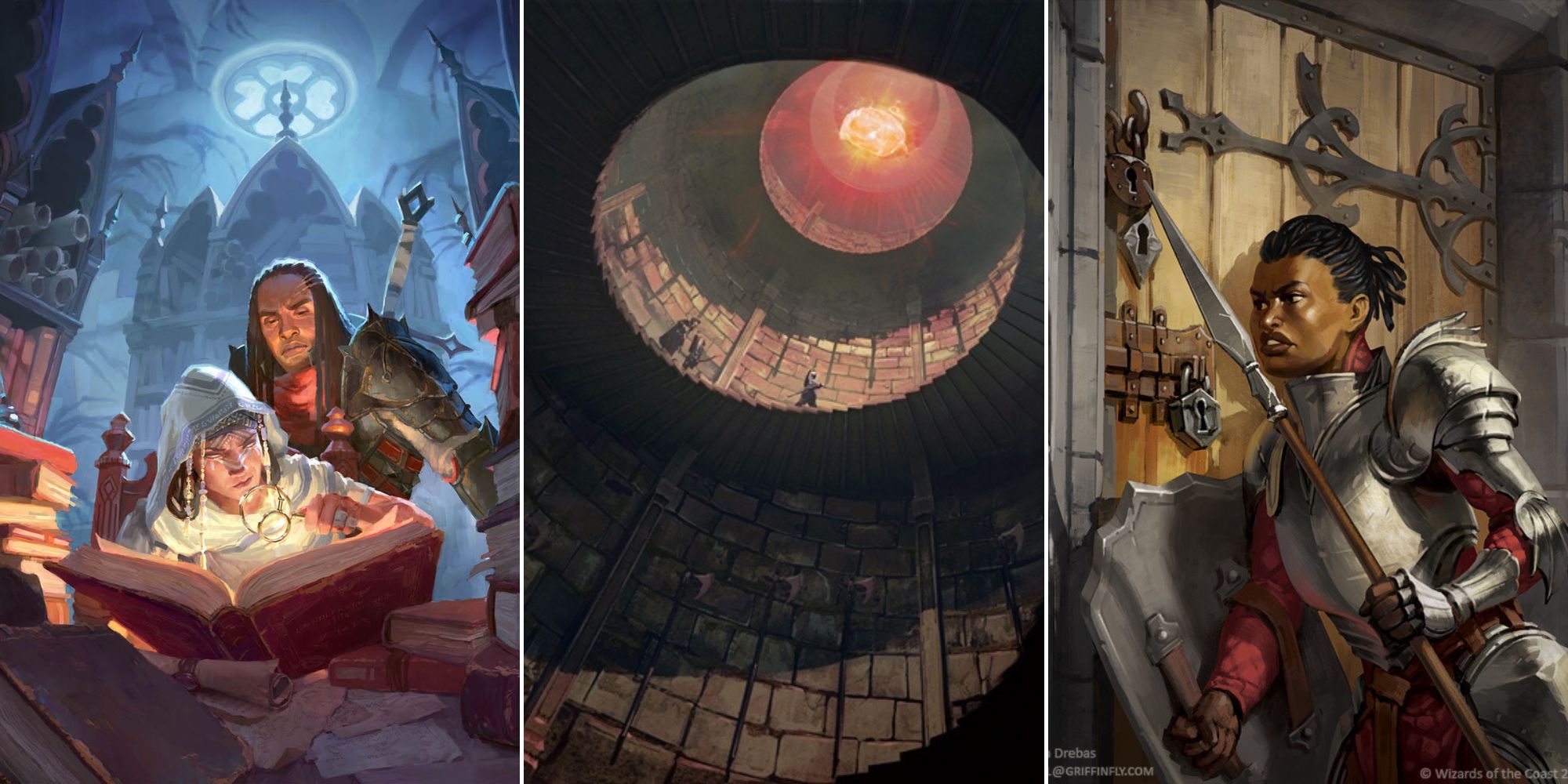
Related
Classic Puzzles Every Good DM Uses In Dungeons & Dragons
These classic D&D puzzles will bring humor, chaos, intrigue, and more to your tabletop campaigns.
Remember to have fun with your recaps and feel free to experiment with different ideas! Being open to suggestions from your players can also foster creativity and make the recap process even more collaborative.
5
Keep It Concise
It can be easy to get caught in the weeds in a session recap, but focusing too much on the details can bog down the flow and cause players to zone out. Remember, a session recap isn’t a play-by-play; it’s a quick refresher designed to bring players back into the story and set the stage for the session ahead. Aim for a three to five minute summary, concentrating on the main plot points and emotional beats.
Don’t just focus on the events of the previous session. Instead, how do the previous events fit into the greater narrative?
Ask yourself: what are the crucial details the players need to remember moving forward? Focus on high-impact events, plot twists, and unresolved conflicts rather than getting lost in minor details. Think of your session recap as the campaign’s CliffsNotes: succinct, clear, and packed with the essence of the story.
4
Add Roleplay To Your Session Recap
Using roleplay in your session recap is a fantastic way to immerse players in the game world right from the start. If an NPC was traveling with the party, try delivering the recap from that character’s perspective. This lets you share crucial details while subtly hinting at how that NPC might feel about recent events.
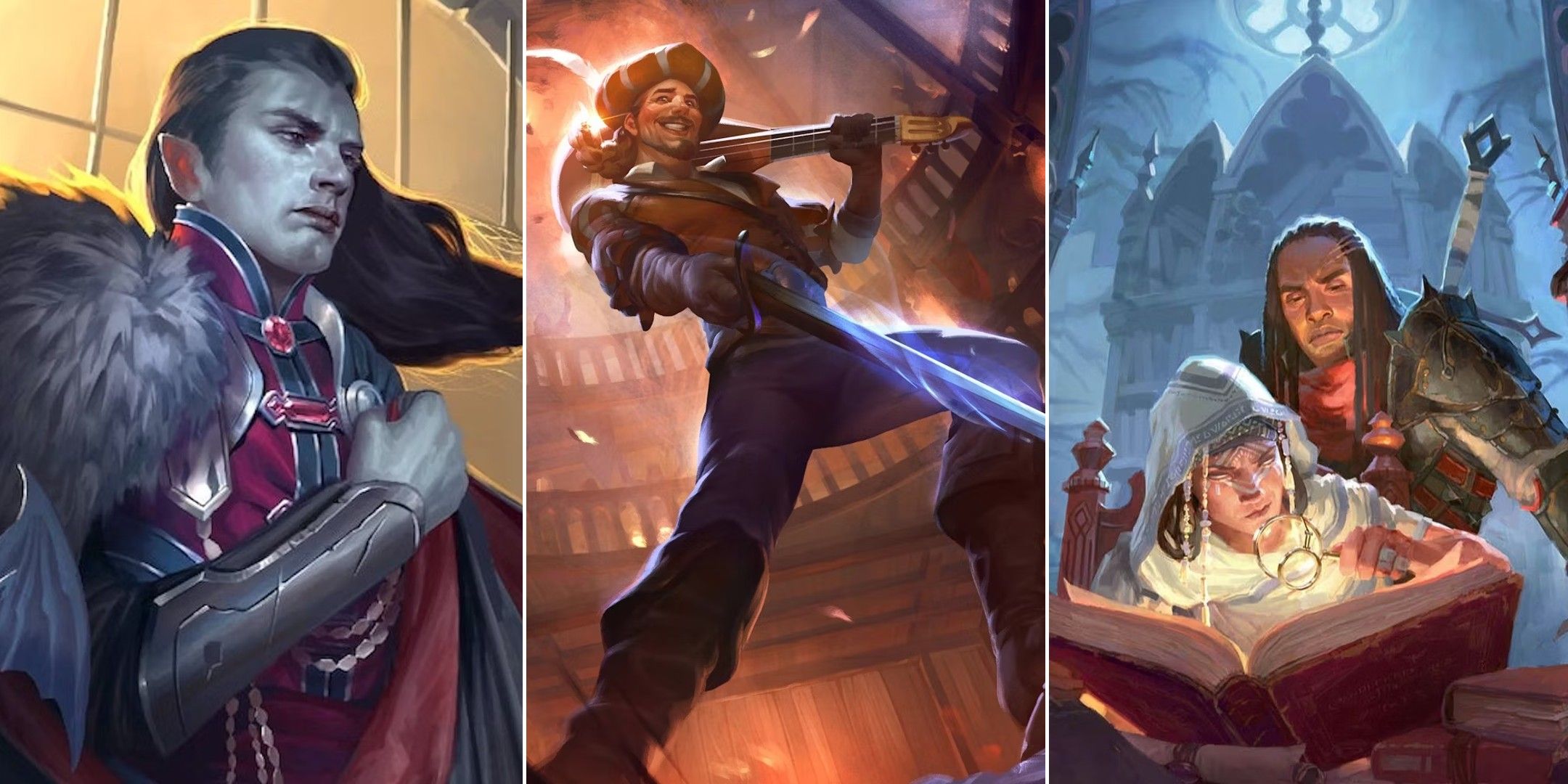
Related
Dungeons & Dragons: 25 Ideas For Running A One-Shot
For beginners or a quick adventure, one-shot campaigns can be the perfect way to go.
Alternatively, you could let players take over the recap, retelling the last session from their character’s point of view. Not only does this help with memory recall, but it also reinforces their character’s motivations and personal stakes.
You can incentivize character roleplay by offering inspiration or other boons for the person who recaps the session while in character.
Roleplaying the recap can be an excellent warm-up, easing players into character and helping them disconnect from the real world and dive into the game world. This approach stirs excitement and builds anticipation for what lies ahead, keeping everyone engaged and ready to play.
3
Use The Recap To Give Your Players Feedback
D&D is the ultimate sandbox game, where creativity and chaos know no bounds. You might conjure up anything from a thermos of holding to keep Turkish coffee (with a dash of nutmeg) perpetually on hand to triggering every trap in a dungeon. With so much unpredictability, a DM can use recaps to highlight the consequences of their decisions, grounding their wild choices in the game world’s unique framework.
Choosing a pointed tone or using tongue-in-cheek language can reinforce the impact of their choices, especially for those impulsive decisions that lead to memorable mishaps. For example, you might recap with something like, “And then, completely undeterred by the ominous carvings, the very obvious magic seeping from the ring, and the fact that it was attached to a cultist only moments before, Cherry slipped the jewelry onto their finger, admiring it in the light.” These subtle digs not only underscore the cause-and-effect relationship but also give a bit of a narrative nudge.
That said, be warned: some players thrive on this type of recap as a challenge, just to see what dramatic commentary you’ll come up with next!
2
Including Sound Effects Or Music
Ambient music is a very effective tool to set the tone for D&D sessions, but it can also be used to enhance session recaps. Music will underline the seriousness (or not-so-serious) nature of the last session and will build the stage for your players to enter the world.
If you are leading a digital D&D session, SyncTube is a free tool that allows you to simultaneously stream YouTube videos with your table.
By aligning music with the mood of your recap, you subtly reinforce key themes and help players reconnect with the emotional stakes of the story.
1
End The Session Recap With A Cliffhanger
Session recaps serve as the bridge between what has happened and what’s about to unfold, re-engaging players while setting the stage for the upcoming challenges. A well-placed cliffhanger in your recap can intensify this engagement, creating a sense of urgency and suspense. By ending the recap on an unresolved note, you remind your players of the stakes at hand and build anticipation for the next steps.
A cliffhanger doesn’t just stir curiosity; it ignites players’ excitement, making them eager to jump back into the story to resolve the tension and make their mark on what happens next.
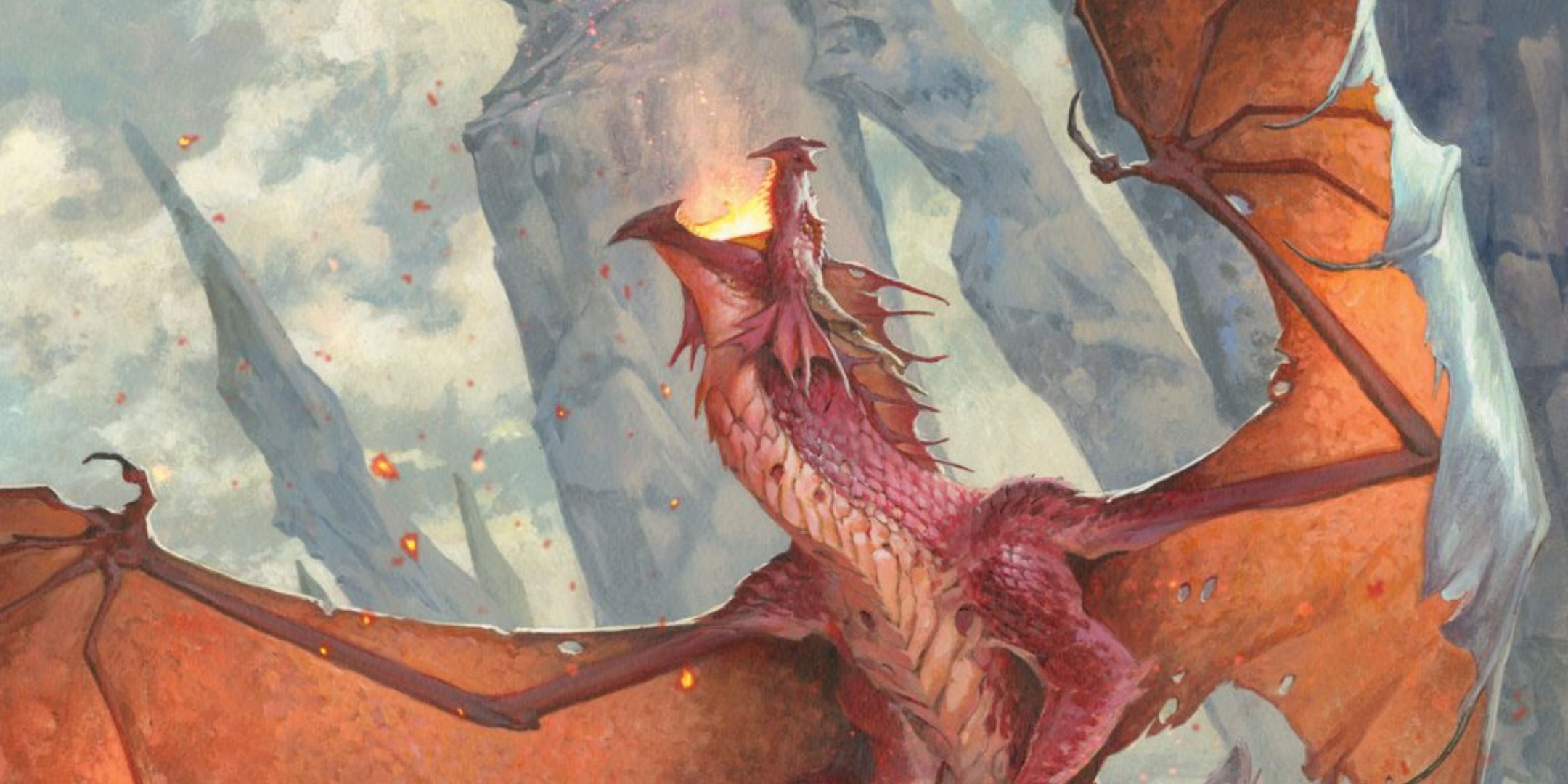
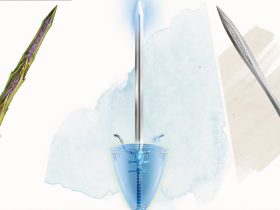
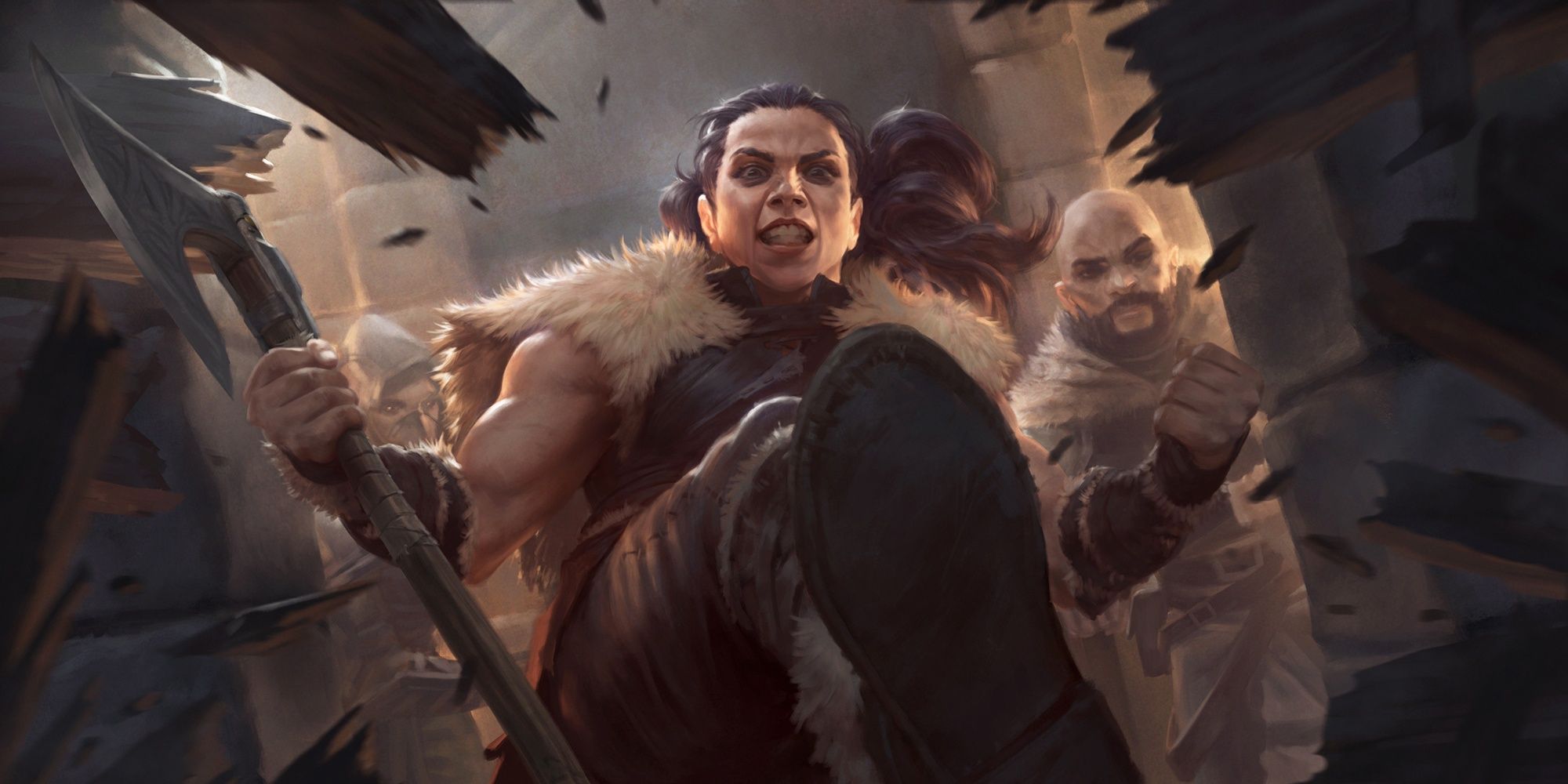
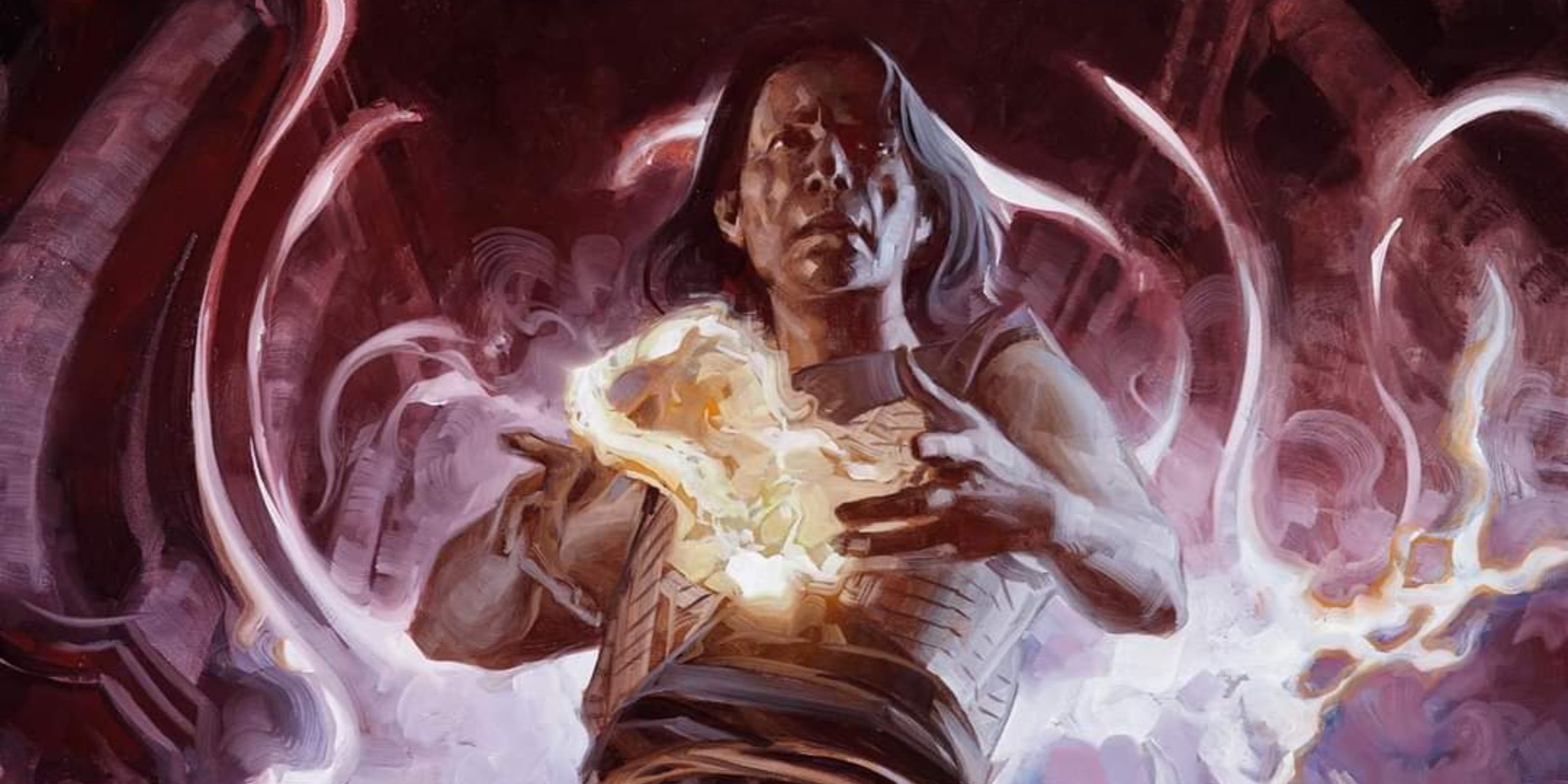
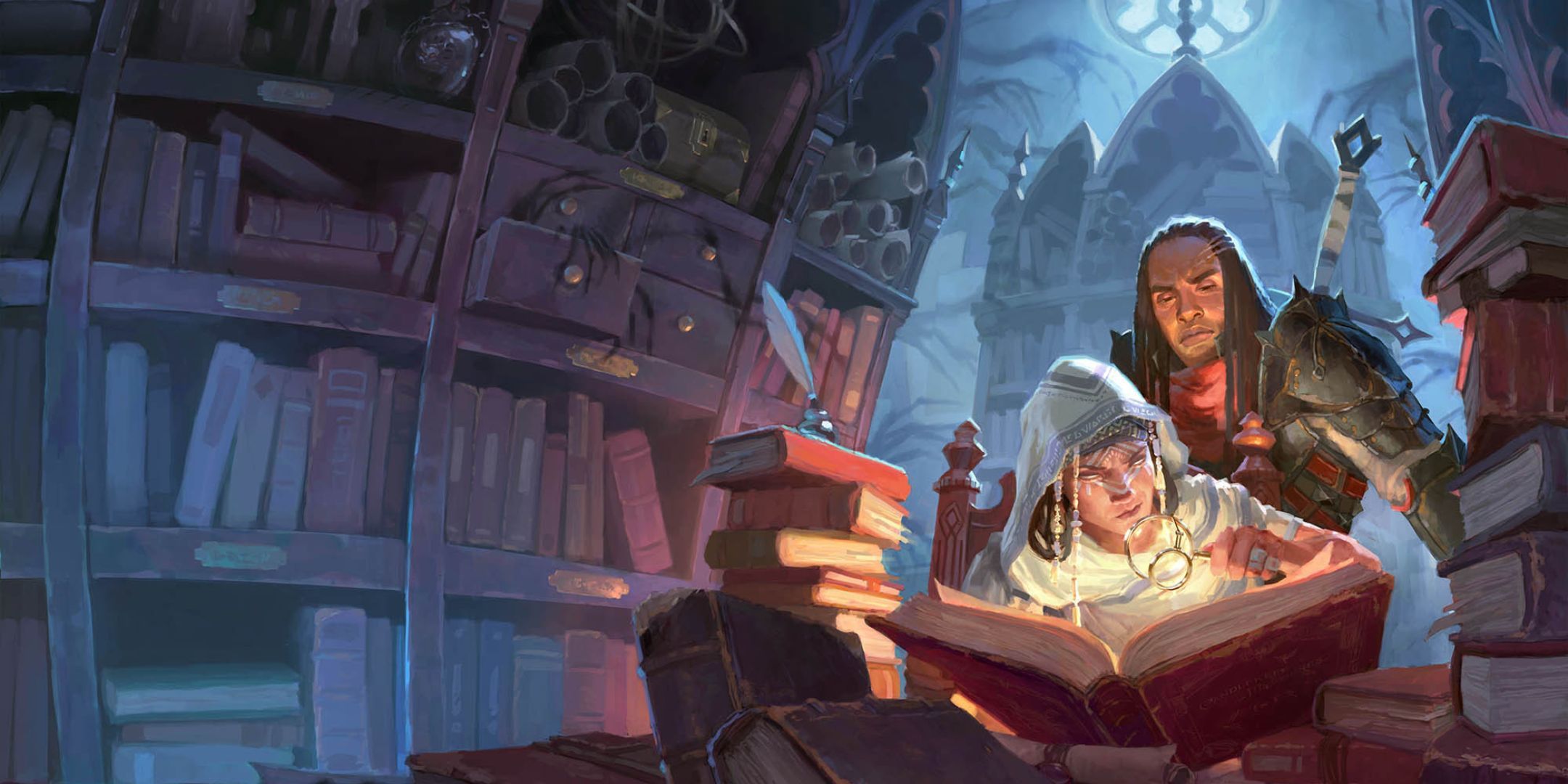
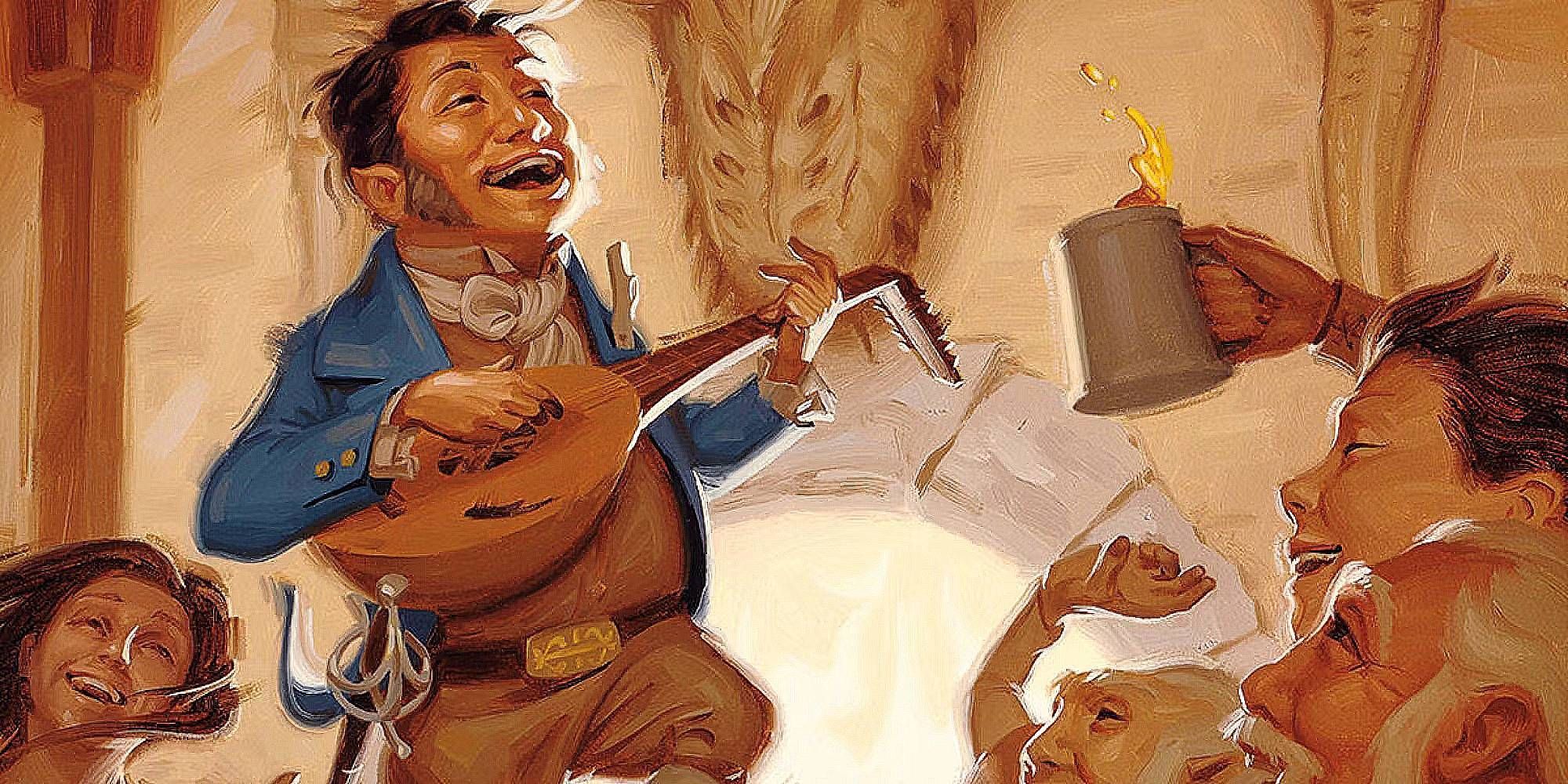
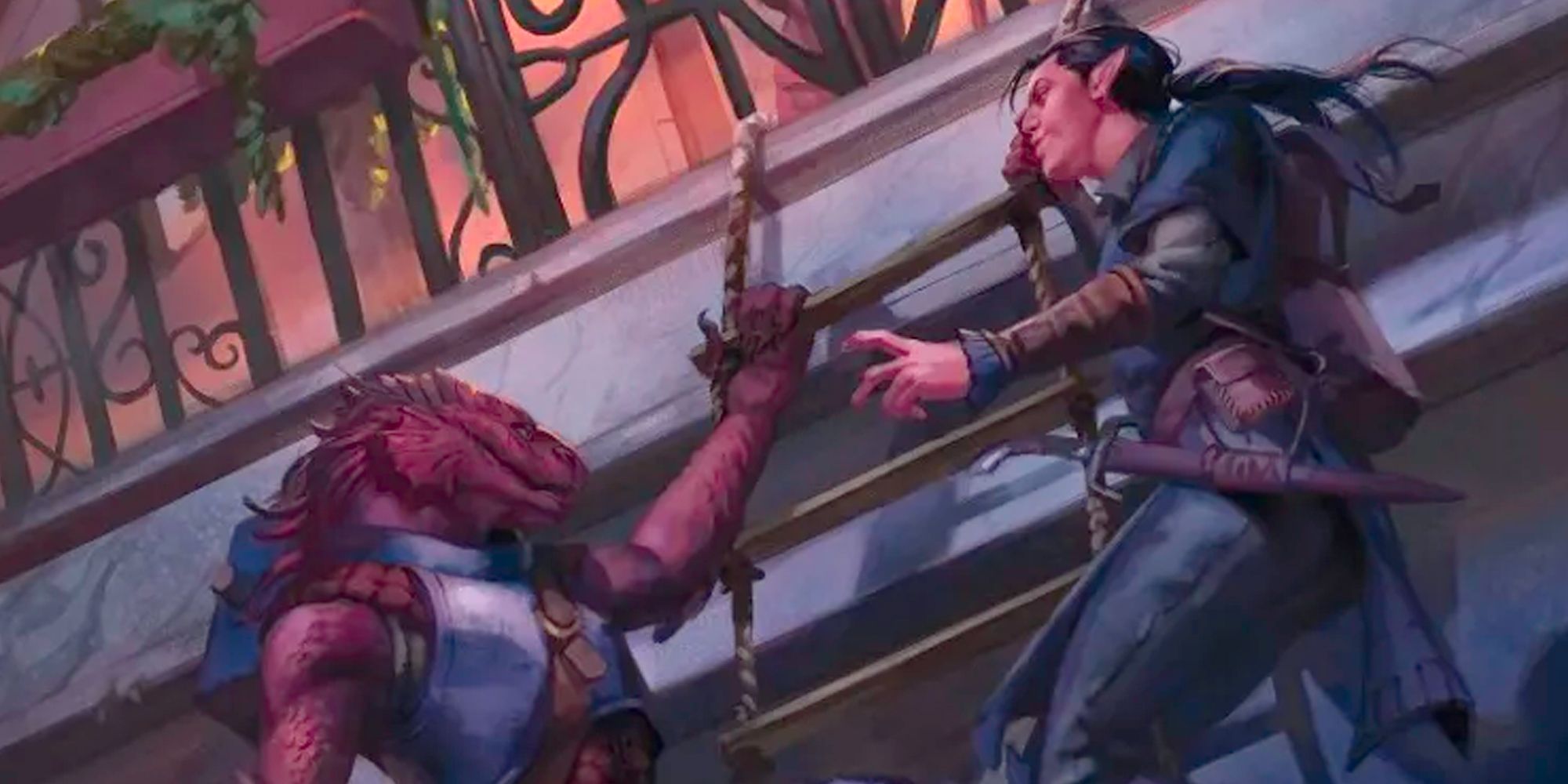
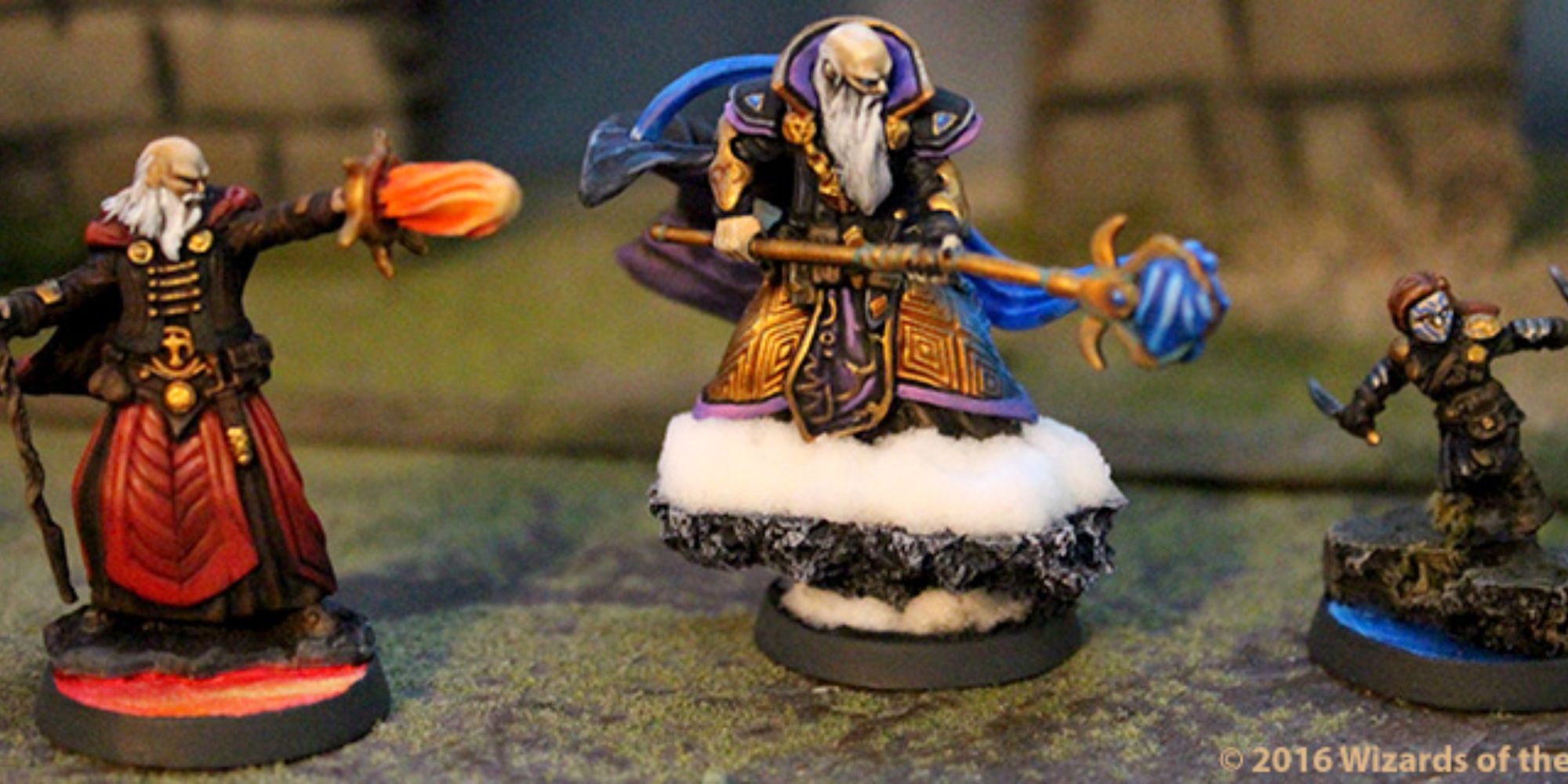
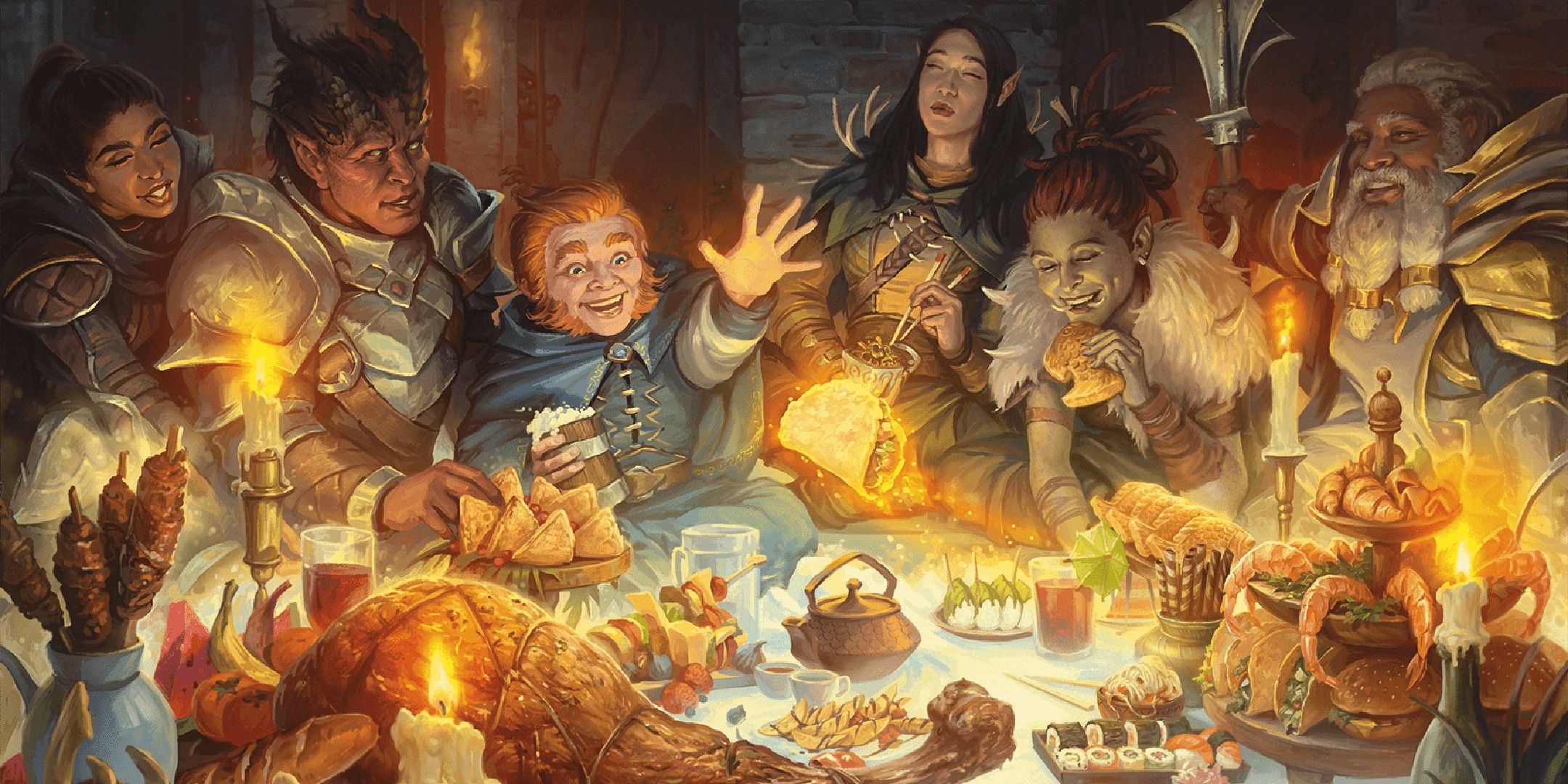
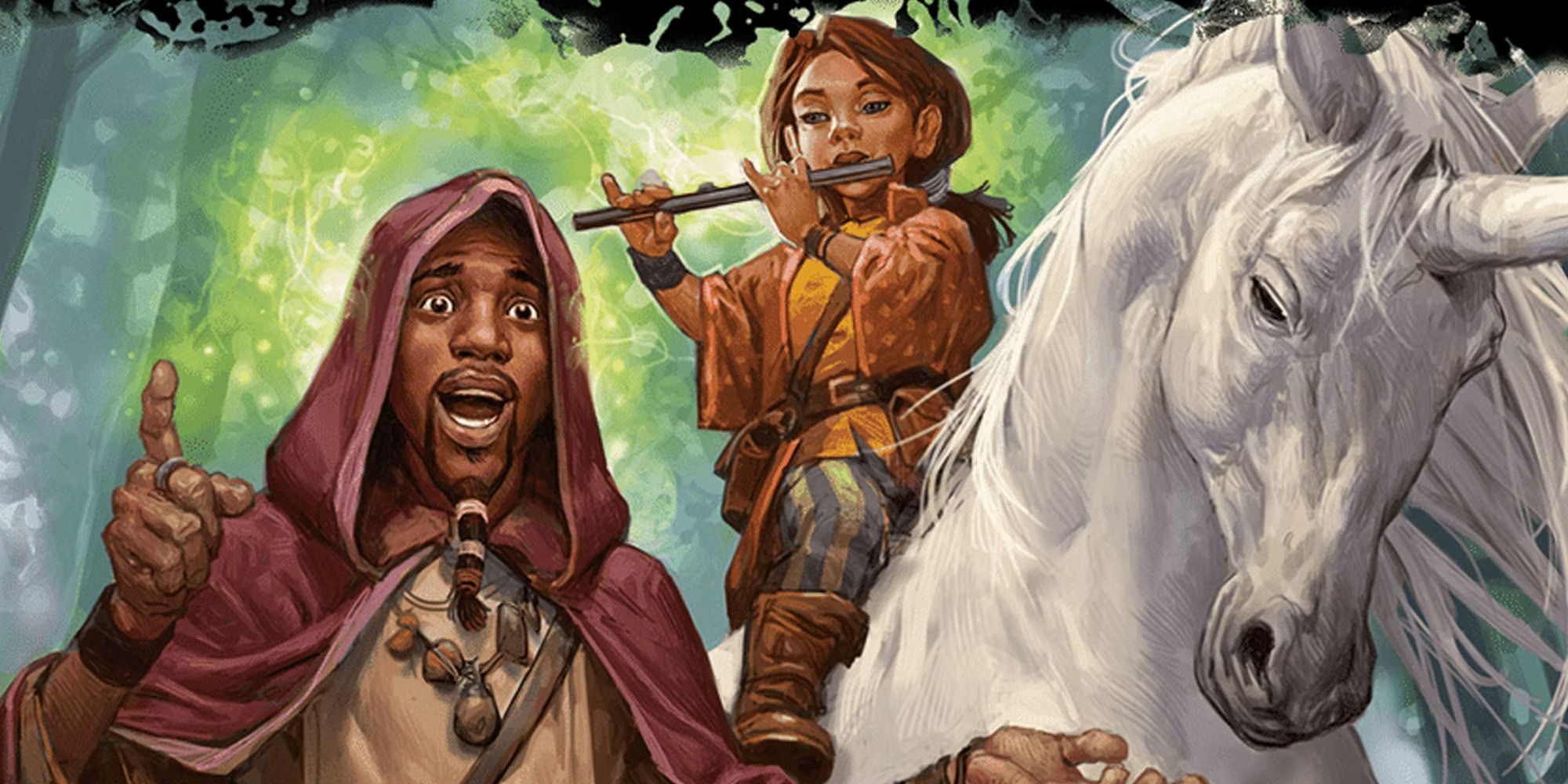
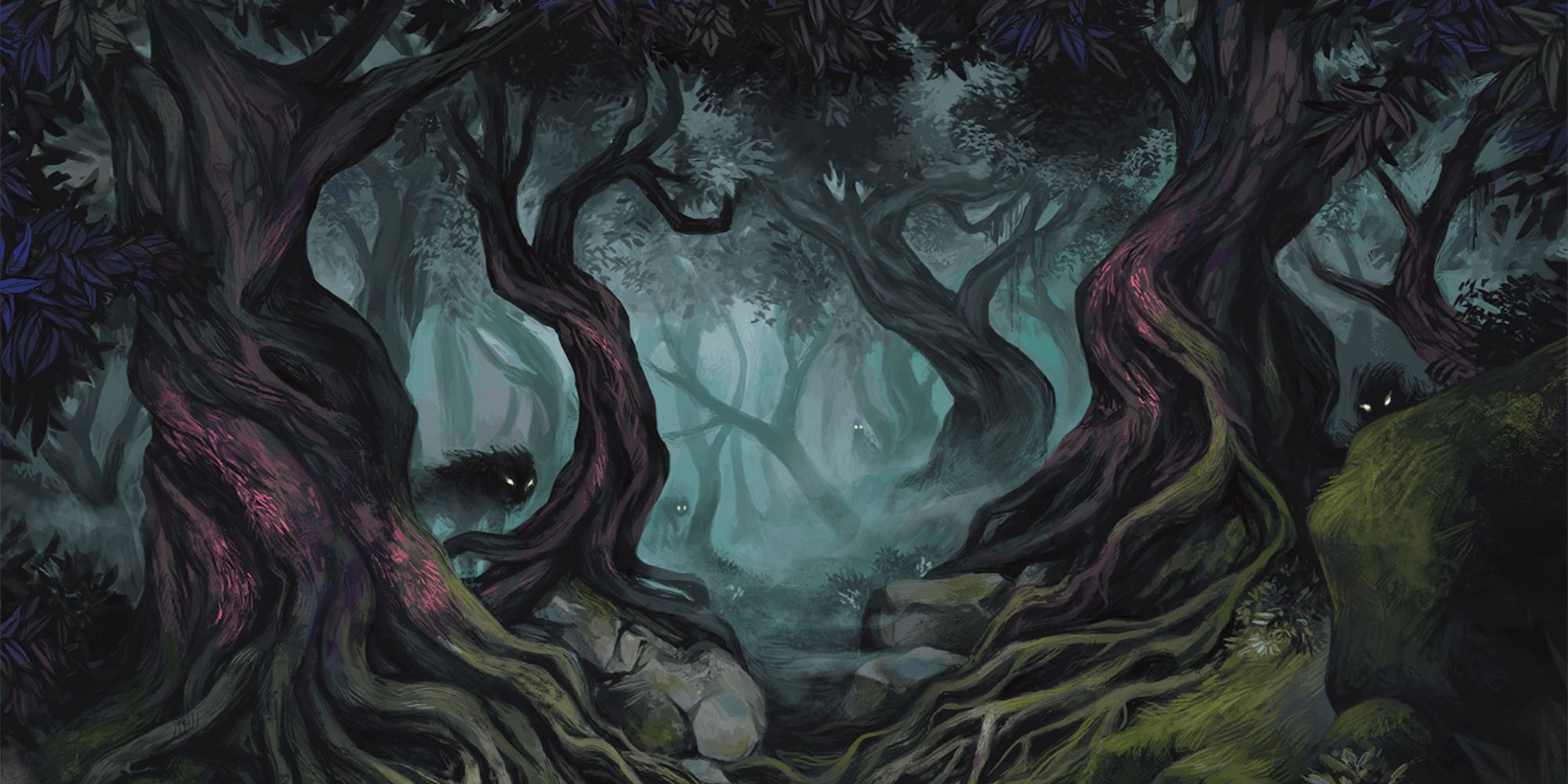



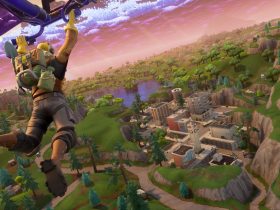

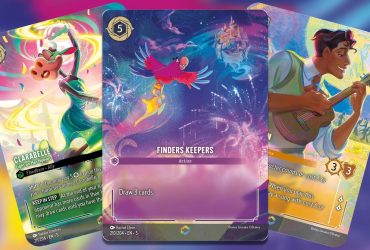
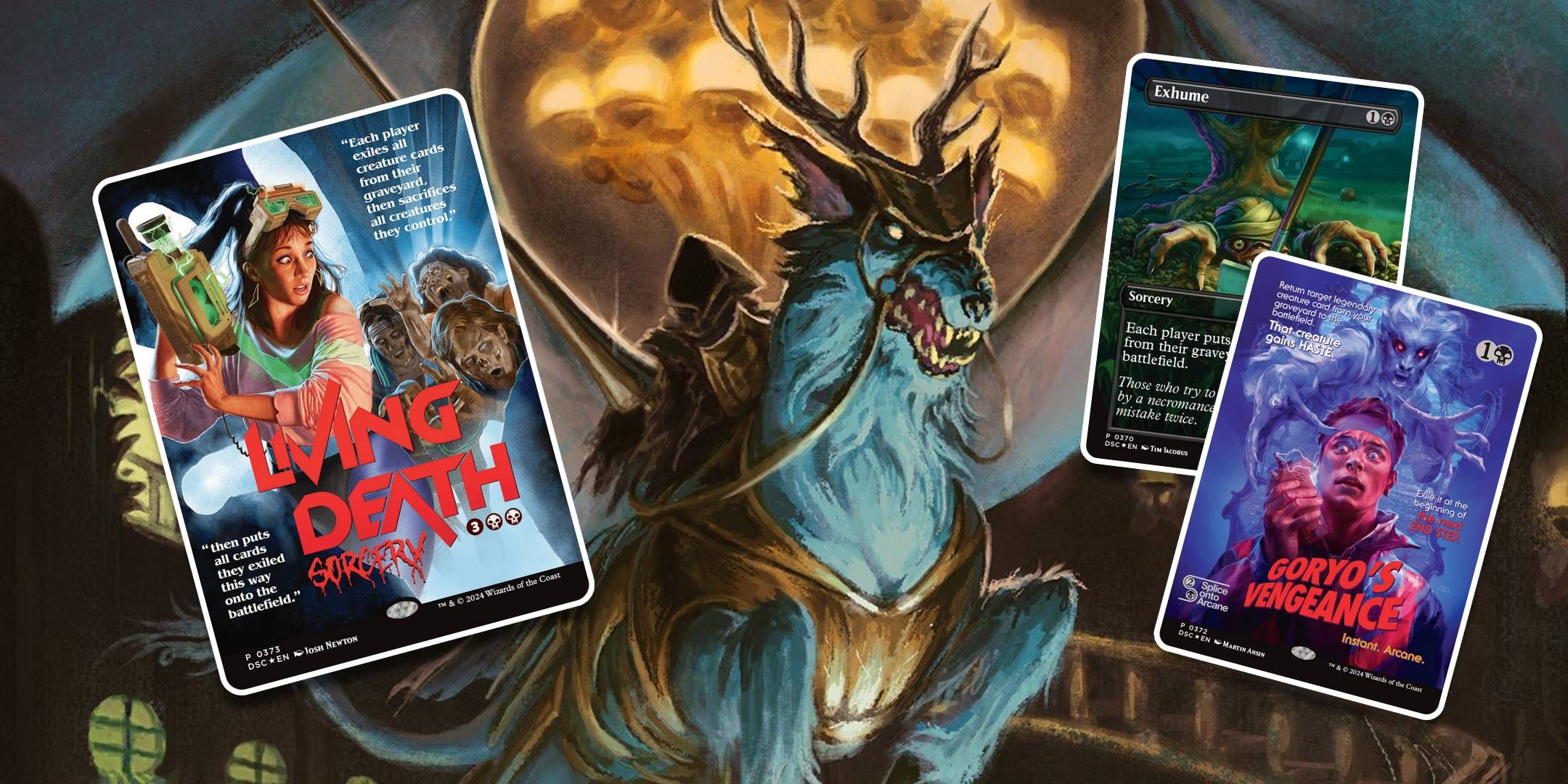
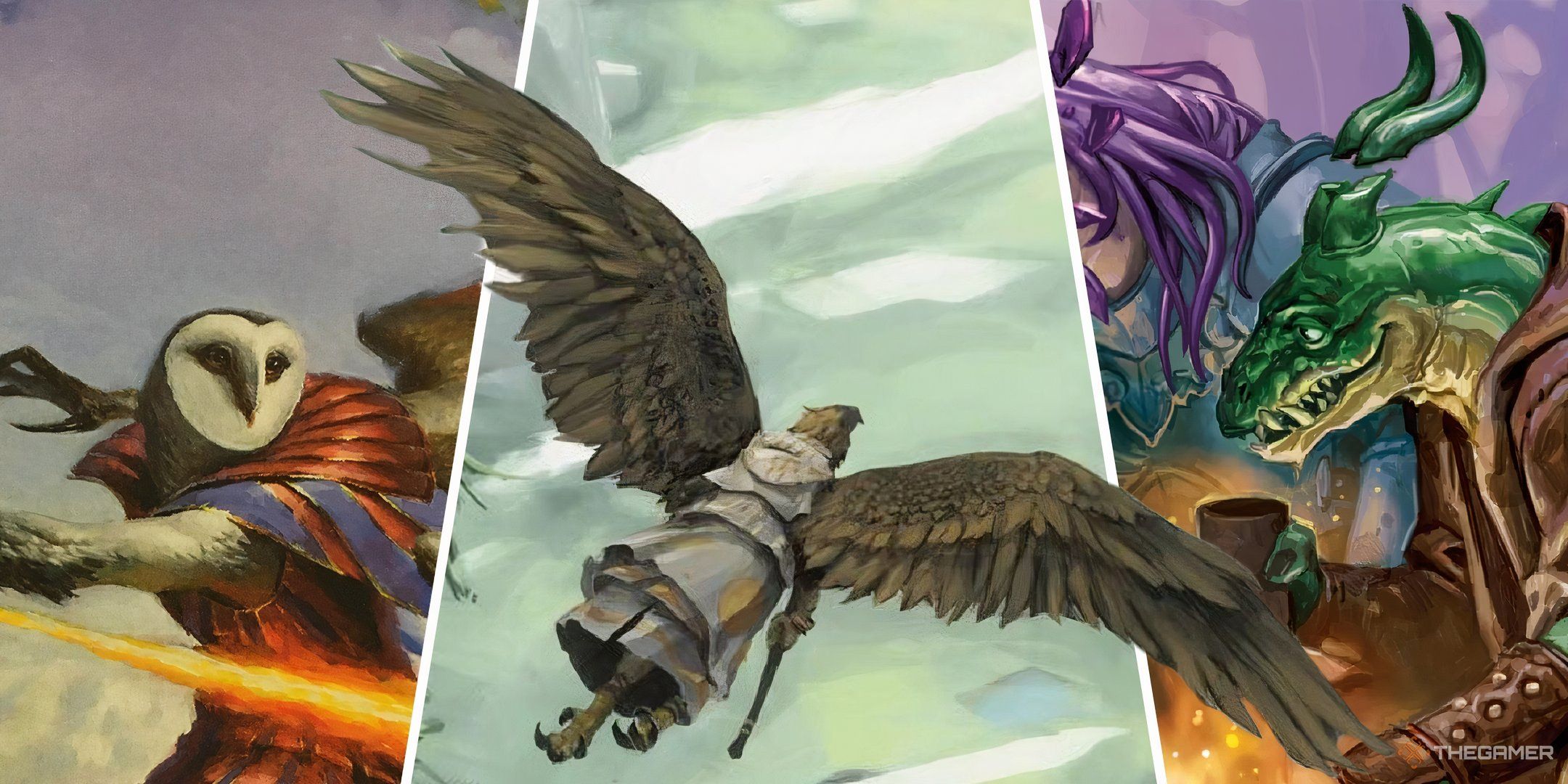

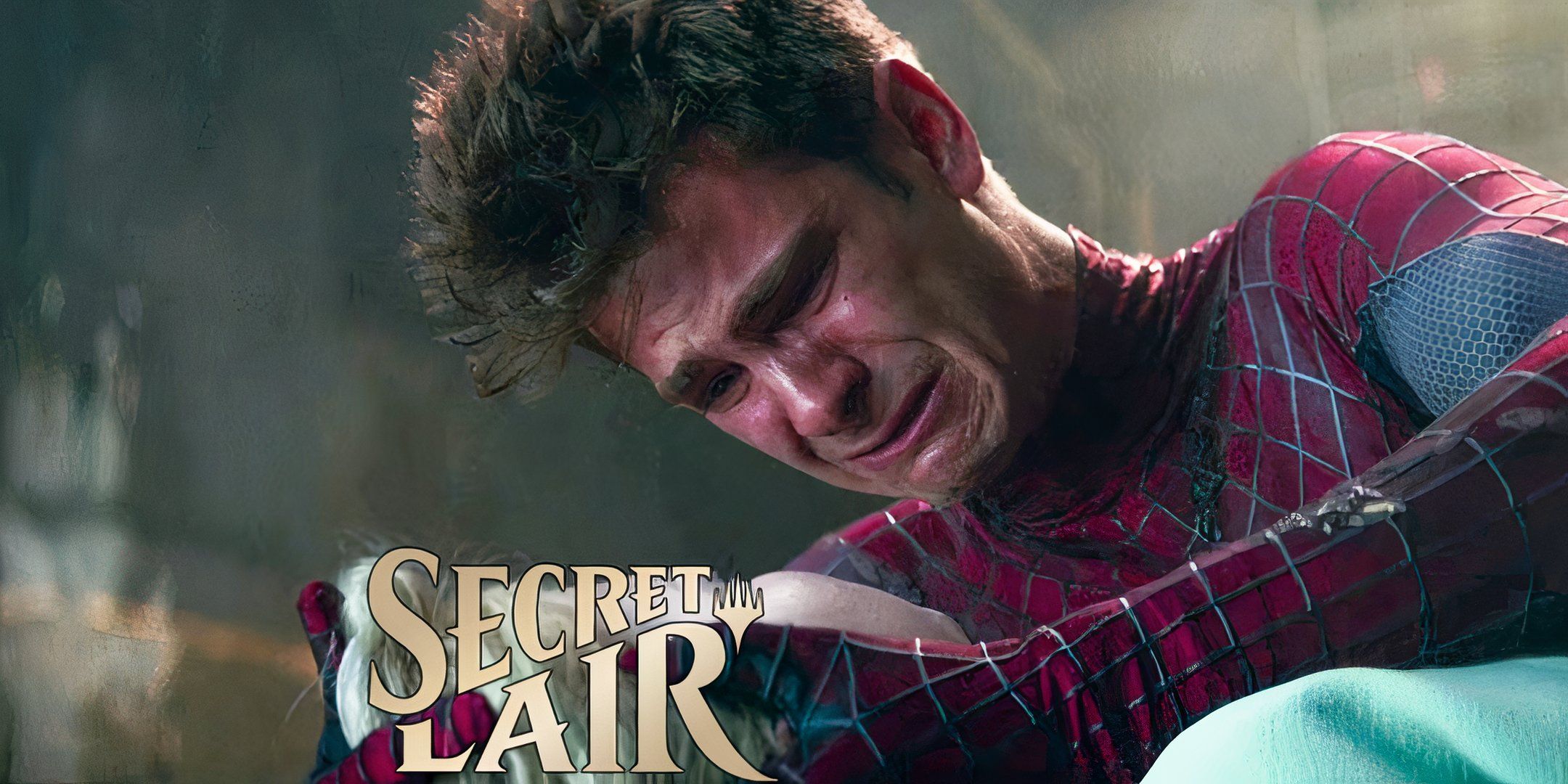

Leave a Reply